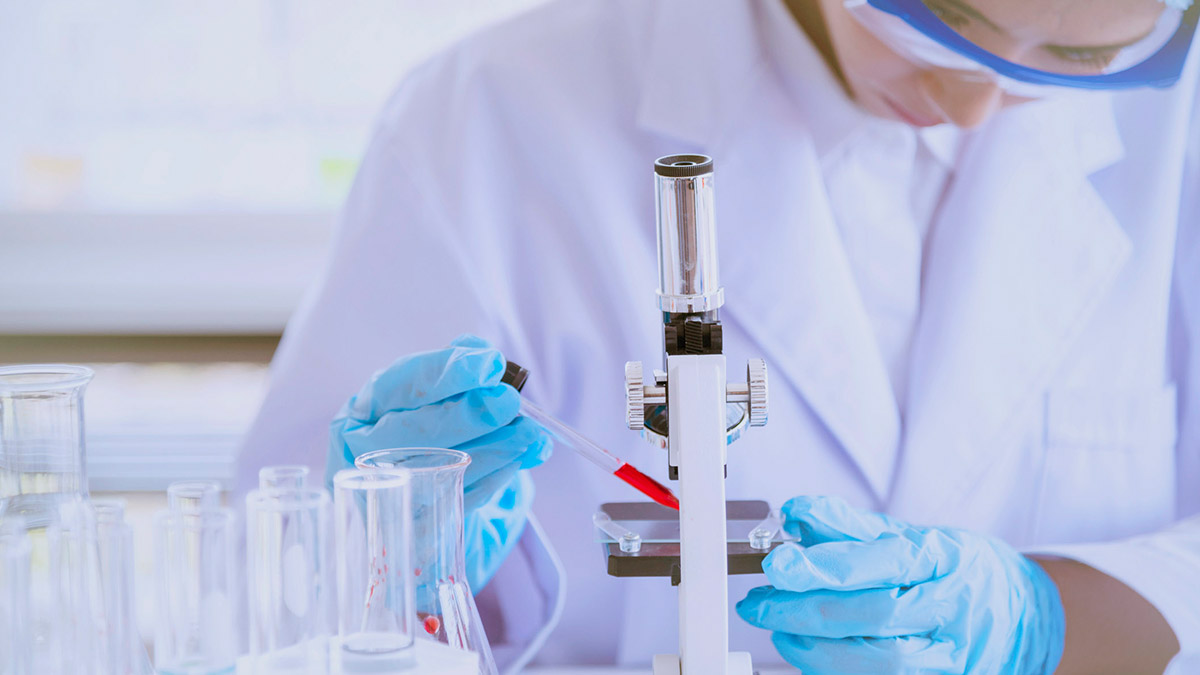New Technologies and Vaccine Development

Vaccines are well documented as one of our greatest public health achievements, helping to prevent illness in millions. Vaccine development has greatly evolved. Smallpox was a threatening condition that helped Edward Jenner introduce the first true vaccination with cowpox.1 The biggest issue was that the cowpox material could be contaminated with other germs and transmit from one vaccinated person to another. Unfortunately, this led to inadvertent spread of blood-borne pathogens but also helped revolutionize vaccine standards.1
The wide variety of vaccines available today each begin with discovery, then move to clinical testing, onto manufacturing and finally to patient administration. Each vaccine produced includes the production of one or more antigens. An antigen is a substance that is capable of stimulating an immune response, specifically activating lymphocytes, which are the body’s infection-fighting white blood cells.2 Vaccines have a wide variety of storage and administration elements. Some can be stored at room temperature, some require refrigeration, or even a frozen process depending on the stability and relevant components. Some vaccines are given by injection, while others are intranasal. These differences sometimes make it challenging for pharmacies and clinics to keep adequate inventory on hand due to limited space and proper storage facilities. Also patients are sometimes reluctant to receive a vaccine because they are scared of needles or going to a physician’s office.
A new study highlights a new method of vaccine production that could extend shelf life, reduce costs, and eliminate the need for cooling.3 This process, known as cold-chain, would eliminate the need to maintain a vaccine at four degrees Celsius from point creation to time of injection. The main component of this method is polyhedron, a protein that forms crystals around the virus.3 Advantages to this technology includes extending vaccine shelf-life from weeks to months, while potentially reducing the cost associated with the normal lengthy purification processes by incorporating nanoparticles that are easily purified by a single step centrifugation.3
The Division of Molecular Pharmaceutics at the University of Texas, at Austin, has published a release stating they have created a new possible vaccine delivery method.4 This vaccine would be a peelable, lightweight film that stabilizes biologics and can endure extreme heat. Many patients will be happy to hear that its biggest clinical advantage is to allow for a needle-free and self-administration of the vaccine. This new delivery system is thought to increase adherence and improve public health around the globe by lowering creation costs and avoiding need for refrigeration.4
These new methods of vaccine creation can benefit medical professionals and the patients we serve. As a pharmacist, I see a benefit of being able to meet the demands of my clients, using less time checking our inventory for outdated traditional vaccines, and potentially saving money. Veradigm understands the value of the potential advantages in vaccine discovery and production outlined in this article addressing social determinants of health (SDOH) that are key elements to consider in vaccine education and administration rates.
References:
1https://www.mentalfloss.com/article/529892/how-are-vaccines-made
2https://www.britannica.com/science/antigen
3https://www.drugtopics.com/vaccination-and-immunization/new-vaccine-production-method-could-extend-shelf-life-reduce-costs
4https://www.drugtopics.com/vaccination-and-immunization/new-vaccine-delivery-method-may-yield-clinical-advantages-reduced-costs